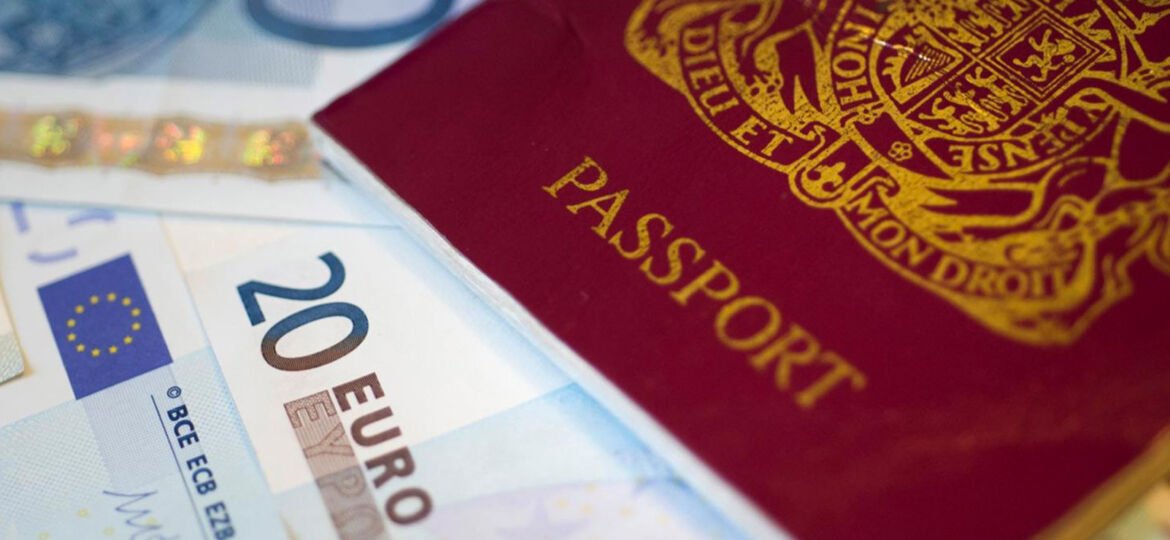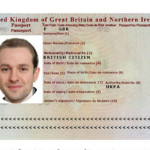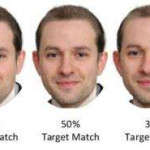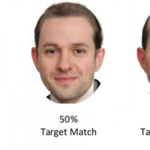
WHY THIS MATTERS IN BRIEF
As companies race to create new biometric security systems, criminals are busy finding new ways to beat them and the Photo Morph is the latest example.
Biometric systems, like the ones being rolled out in the airports in Australia, were supposed to be the best line of defence against fraud and criminal behaviour. But as new hacks and technologies, such as Adobe Voco and LyreBird, which can reproduce your voice print with just a minutes worth of audio, for example, off of YouTube, 3D printing and high definition photos that let criminals copy your fingerprints and irises, and a slew of other hacks emerge biometric technologies have, arguably, never looked so frail.
Now, researchers at the University of York have managed to demonstrate that both humans and smartphones are generally rubbish when it comes to spotting fake ID photos – particularly ‘Photo Morph’ photos that are increasingly being used by fraudsters and terrorists to circumvent border controls and pass a host of checks that include applying for passports, bank accounts and a host of other things besides.
During the trial, which is the second of its kind after the same team ran a trial last year, the team investigated what the success rate of identifying fraudsters would be like if two faces were morphed together to create a ‘new’ face. Basically the concept is simple and involves taking two real photos of two real faces and digitally merging them together to create a ‘new’ face and a false ID that is still close enough to the originals, and capable of fooling even the most advanced of today’s facial recognition systems. And if you doubt the new hacks success rate then why not try it for yourself – if you were a border guard would you let this guy through the gate?
Yes, or no?
“We use photo ID all the time, not just at borders, and we know that people are not very accurate when matching the photo to the real face,” said Professor Mike Burton, from the University of York’s Department of Psychology, “in recent years we have seen more examples of photo IDs that have been created by morphing two faces together, which can be used as fraudulent ID by both parties. Our research is important in highlighting the potential security problem with this and quantifying the risk of this type of fraud being missed.”
During the trials the team presented hundreds of photo morphed photos to humans and smartphones alike and in 68 percent of cases neither could spot the fakes. The team then educated the human volunteers and tweaked the facial software algorithms and after that the error rates fell to 21 percent and 27 percent respectively, both of which are still significantly worse than when the two are asked to compare ‘original’ photographs of two separate individuals.
“It is encouraging, however, that armed with the knowledge of morphed photo IDs, the risk of fraudulent activity being missed is significantly reduced,” said Burton, “raising awareness of this type of fraud and including it in training schemes for frontline staff can help overcome these issues, and with new technologies coming on line, it should be a challenge that can be tackled with some success.”



















